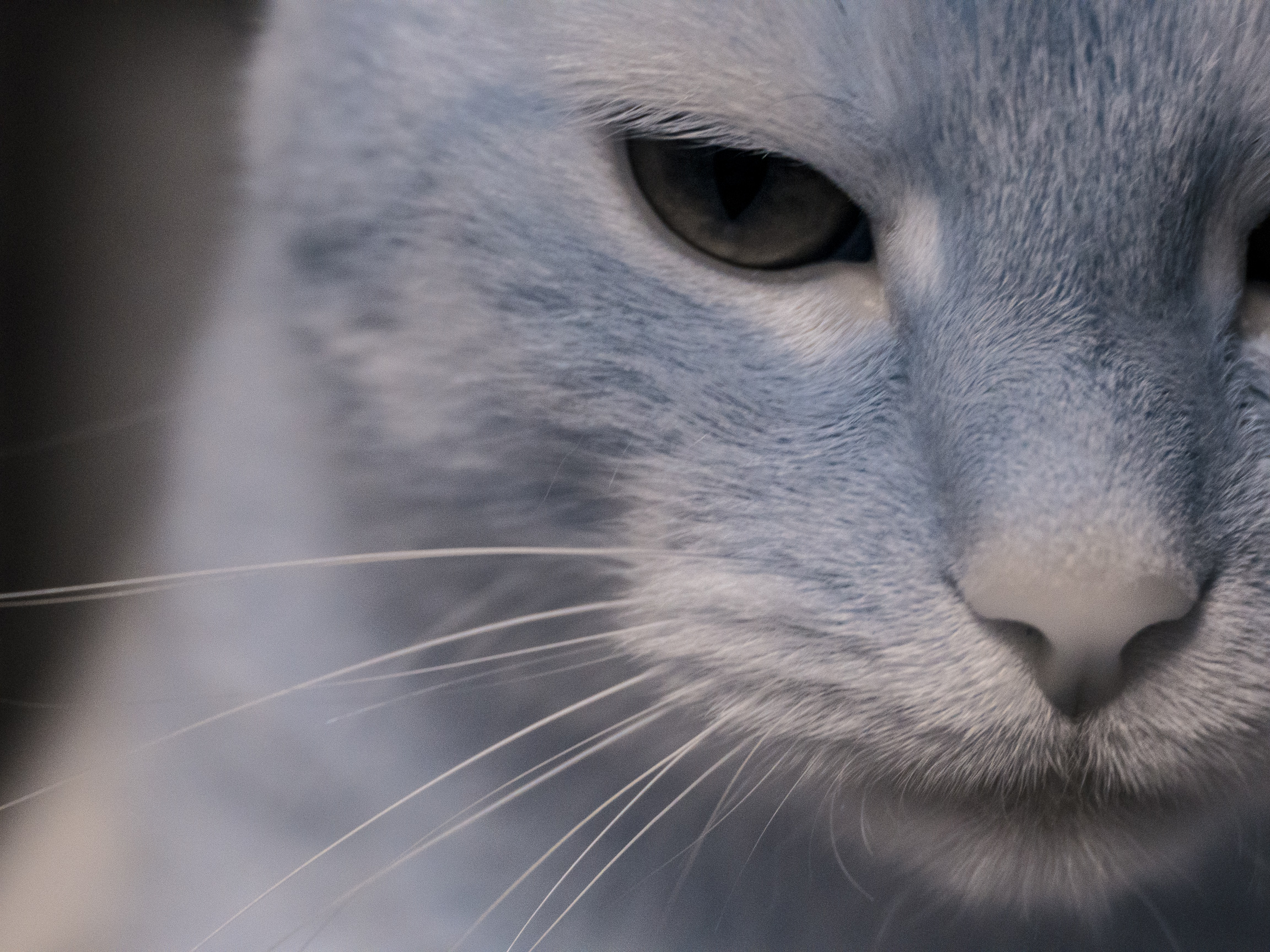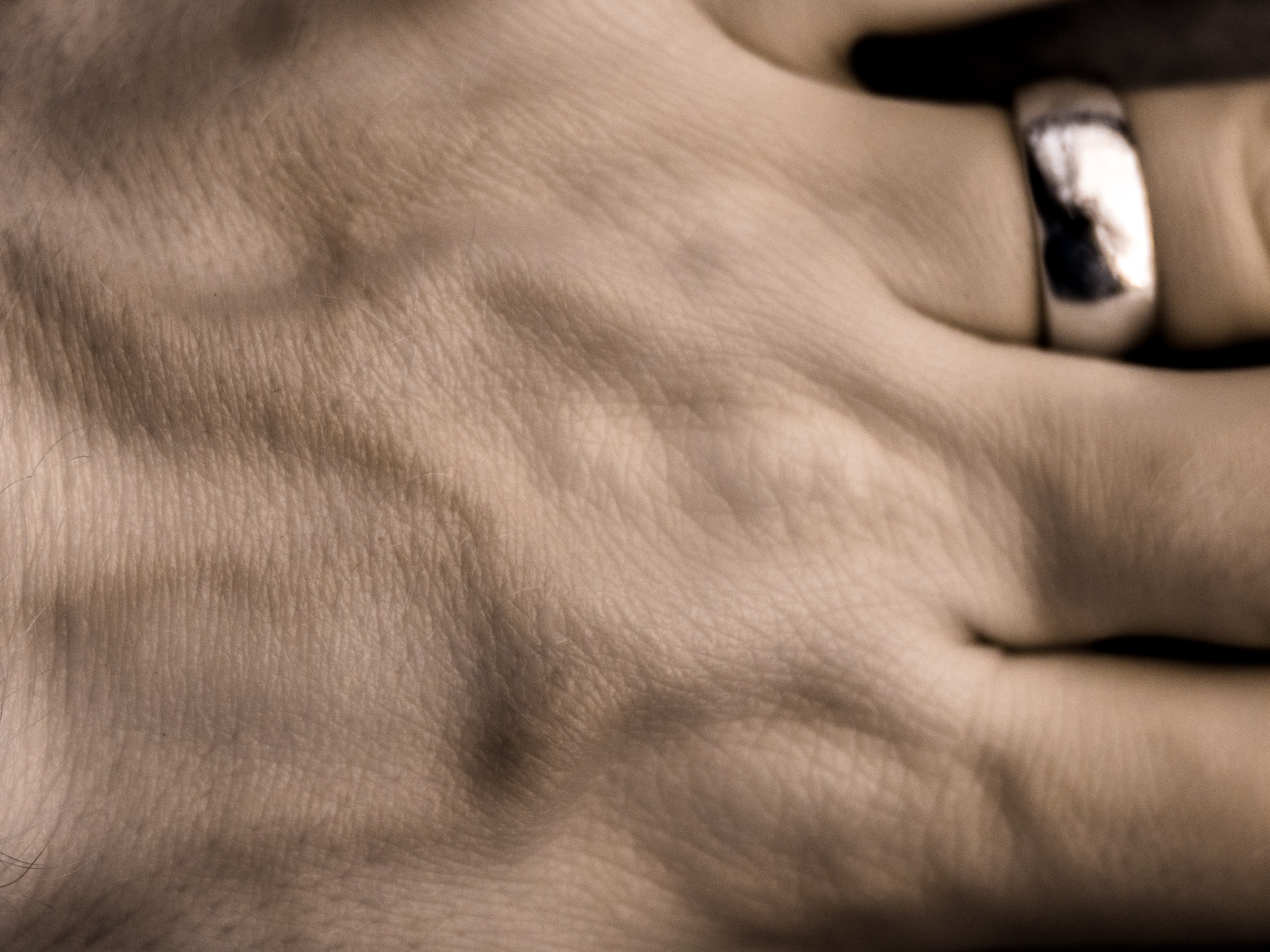Episode 73: Become a Licensed Drone Pilot
Griffin is now a licensed drone pilot, after passing the FAA knowledge test—granting him flight privileges hobbyists don’t get. Plus, your questions about shooting infrared, collaborating with another editor, and recording audio with a boom pole.
In response to Aisha’s question about shooting infrared,
I mentioned infrared filters by B+W and Hoya.
Drone flight apps I find useful
- KittyHawk is the perfect pre-flight and flight-logging app for drones. It displays easy-to-read airmaps and weather information, and even counts my drone battery cycles to help maintain airworthiness.
- Verifly provides instant liability insurance for drone flights. $1,000,000 of coverage, usually as low as $10 for an hour-long, ¼-mile flight. But you can also increase the coverage, time and distance, and schedule in advance.
- The website SkyVector is the simplest way to reference the FAA’s VFR sectional charts, TACs (terminal aeronautical charts) and TFRs (temporary flight restrictions).
Why would you want an FAA drone license?
Licensed sUAS (small unmanned aircraft system) pilots operate under Part 107 of the FAA rules. Some rules mirror those for hobbyists—like don’t fly over people—but a licensed pilot can fly for profit, and apply for authorizations to fly in controlled airspace, which hobbyists can never do.
What is the process to become licensed?
- Two weeks of studying. You’ll likely need two weeks of study time to learn how to read VFR sectional charts, decode METARs, and learn Part 107 rules. You’ll find free practice tests and study materials online—in fact, I’ve posted all my study notes below. But I paid $149 to RemotePilot101 to access their 13-hour video course.
- $150 to sign up for the test. Find your local testing center, and call CATS, one of the testing companies that manages Airman tests. It will cost $150 to sign up for the test—it’s just a 60-question knowledge test. No flight test required.
- Score at least 70% on the test. You have two hours to answer 60 multiple-choice questions, drawn randomly from a pool of approximately 600 the FAA has designed. You can miss up to 18 questions—70% is a passing score. You’d have to pay another $150 to retake the test.
- Apply for your pilot certification through IACRA. Within 48 hours, the FAA should receive your test results, and you can register in IACRA. There you’ll submit a free application online, and within seven days, you’ll be approved, and the FAA will mail your pilot certificate. It’s possible to receive a certificate quicker, by visiting your local FSDO, but as you can see, this whole study-test-approval process should take over three weeks.
- Lastly, your drone (sUAS) needs to be registered with the FAA as well. This costs $5.
Is the real test harder than practice tests?
After scoring 96% on RemotePilot101’s final exam (in 19 minutes), I expected to breeze through the real knowledge test. Although I passed, I scored worse than expected: 87% in 45 minutes. What slowed me down is the practice tests display diagrams on-screen, but the real test uses this book—Airman Knowledge Testing Supplement. A question might say, Refer to Figure 75 (which is not on page 75, as you might imagine), so perhaps 15 minutes of my test was spent flipping back and forth through the book. Also, approximately 12 questions covered concepts I’d never heard of. So if you’re not scoring at least 80% on practice tests, don’t expect to pass (70%) the real test.
What eight questions did I get wrong?
The FAA provides codes/topics for the questions I got wrong, and I can remember some of the question text. Two questions I don’t remember at all, but they must fall into these six topics—
Here are ALL of my notes from studying FAA Part 107.
My notes alone can’t teach you all the necessary skills, but they can show you what to learn, and work as a study guide.
----
sUAS (small unmanned aircraft system) is 0.55lbs up to but not including 55lbs
ALTITUDE AND SPEED CAP
Fly sUAS below 400ft AGL (above ground level), or up to 400ft above buildings, when within a 400ft radius of the building.
100mph ground speed max (that's 87 knots)
(400 ft is 120meters)
MSL is mean sea level
Airport elevations, airspace notations are written MSL
Written on maps as big number with small number below in parentheses—that's MSL (AGL)
Only fly during daylight, or in “civil twilight”—that’s the 30 minutes before sunrise/after sunset, which requires 3-mile collision avoidance lights
VFR Sectional charts cover the whole U.S.
Terminal aeronautical charts (TAC) are a zoomed in view of airports
CONTROLLED AND UNCONTROLLED AIRSPACE
Class A airspace is 18,000ft+ for commercial airliners
Class B airspace is major airports (SOLID BLUE LINE) multiple shelves, like an upside-down, tiered cake.
Class C is smaller airports (SOLID MAGENTA LINE) one shelf, usually 20 nautical miles across
Class D is still controlled but even smaller (DASHED BLUE LINE) no shelves, single cylinder. Typical height is 2,500ft AGL.
Surface Class E is also controlled (DASHED MAGENTA LINE)
Faded magenta means Class E airspace begins at 700ft, so not a problem for sUAS
-Unlike other altitude notations, Class E 700ft is AGL
-Outside of faded magenta, Class E begins at 1200ft AGL
Class G is uncontrolled, requires no approval.
The most comprehensive information on a given airport is provided by the “US Chart Supplement.”
On a VFR sectional chart, those blue compass roses surround VORs (VHF omnidirectional range), which transmit navigational info to pilots.
-V and T blue lines are IFR routes "highways in the sky"
-long dashed magenta are "isogonic lines" showing magnetic north.
-Blue airports have control towers. Magenta do not.
TRSA is big grey lines. Have Class D at the core, but the Class C-style shelves are for FYI only. You don't have to talk to those towers.
Other areas shown by blue hash is restricted or prohibited or warning
Magenta hash is military operations area (MOA)
-what kinds of activities in a MOA? Those that necessitate aerobatic or abrupt flight maneuvers.
-In restricted space? Unusual, often invisible hazards to aircraft (eg artillery, guided missiles)
Military training routes (MTR) are denoted by thin grey lines. IR means instrument route. VR means visual route. These are usually under 10,000ft. But a four-number character (ie VR1207) is 1,500ft AGL and below. Three characters or less have segments above 1,500ft.
aviationweather.gov - Also uses HEMS (turbulence data for low-flying helicopters)
METAR (french acronym) is an aviation routine weather report, released every 55 minutes
Look like this:
KLGA 251510Z 18010G19KT 10SM OVC010 26/23 A3000 RMK AO2 T02610228 $
Decoded: LaGuardia, (July) 25 at 1510 zulu time. winds from the south (180°) at 10knots, with gusts up to 19knots. Visibility 10 statute miles (10 = unlimited). Overcast at 1000ft MSL. 26°C, dew point 23°C. Calibrate altimeter to 30.00Hg. RMK are remarks.
WHAT IS STANDARD TEMP & PRESSURE?
15°C and 29.92Hg
TAF (Terminal aerodrome forecast) is like METAR, but generally a 24-hour forecast
Looks like this:
KLGA 251607Z 2516/2618 17014G21KT P6SM VCSH SCT015 BKN035
TEMPO 2516/2520 2SM SHRA BR BKN015 OVC025
FM260000 17012KT 6SM BR VCSH OVC020
TEMPO 2600/2604 3SM SHRA
FM260400 20010KT 6SM BR VCSH OVC015
FM260800 23006KT 4SM BR VCSH OVC015
FM261400 25006KT P6SM VCSH BKN025 BKN040
LaGuardia (day, zulu time) forecast from 25 16:00z to 26 18:00z. 170° 14knots, gusts up to 21knots. P6SM (visibility more than 6 statute miles—6 is TAF max). In the vicinity (VC), showers (SH).
THREE TYPES OF WEATHER BRIEFS: Standard, Abbreviated and Outlook
1800wxbrief.com
If you had a waiver that required you to fill out a NOTAM, you can do it on that site.
What is a characteristic of stable air?
-Stratiform clouds (thin, low stratus clouds)
-fair to poor visibility
-continuous precipitation
Unstable air
-building cumulus clouds (extensive vertical development)
-good visibility
-inconsistent, showery precipitation
When the temperature and dew point get close, that's when we get visible moisture—when fog forms.
FOG TYPES:
-Radiation fog, when heat rises from the ground at night (prefers no wind)
-Advection Fog, warm moist air moves over a colder surface, like a body of water
-Upslope fog, which moves up a mountain
-Precipitation induced fog / steam fog
When will clouds or fog form?
-When water vapor condenses
What would you expect on a hot day over a barren area?
-Unstable air (because of the rising, uneven heat)
-Low-level wind sheer, thunderstorms might occur if we add humidity to that
CLOUD types:
-high (cirrus or clouds with extensive vertical development)
-middle (altocumulus and altostratus)
-low 6,500ft below (stratus) (cumulus)
Must fly sUAS 500ft below clouds ceiling
cumulo-nimbus (CB clouds) means rain (also nimbo-stratus)
A standing, lenticular cloud (often forms over a mountain, almond-shaped). Terrible, nasty weather.
What is the definition of a ceiling?
-The lowest broken (BKN) or overcast (OVC) layer. Not "few" or "scattered"
FROST/DEW
On cool, clear calm nights, objects on the ground can cause surrounding air to drop below the dew point, condensing air on ground, buildings, aircraft, etc.
-If the temperature is below freezing, that's frost.
-Dew poses no threat to sUAS, but frost is a definite flight safety hazard. A small sUAS would need to be cleaned of frost before flight.
Compass numbers that are written/read are "true north" (METAR, TAF) whereas heard ones, like on the radio, are "magnetic north."
FAA says payload "should" be logged, in the event of an accident.
-sUAS "MAY NOT" carry HAZARDOUS material
-to ensure center of gravity (CG) confirm balance info in POH (pilot operating handbook)
Normal plane flight pattern is rectangular: upwind, left crosswind, downwind, left base, final.
REPORTING AN ACCIDENT
-Report accident within 10 days, to the FAA if:
-"serious injury" (hospitalization) to any person or loss of consciousness
-damage to any property (other than sUAS) if the cost is greater than $500
-shall be filed electronically, via FAA accident reporting
-or by phone to nearest FSDO (Flight Standards District Office)









